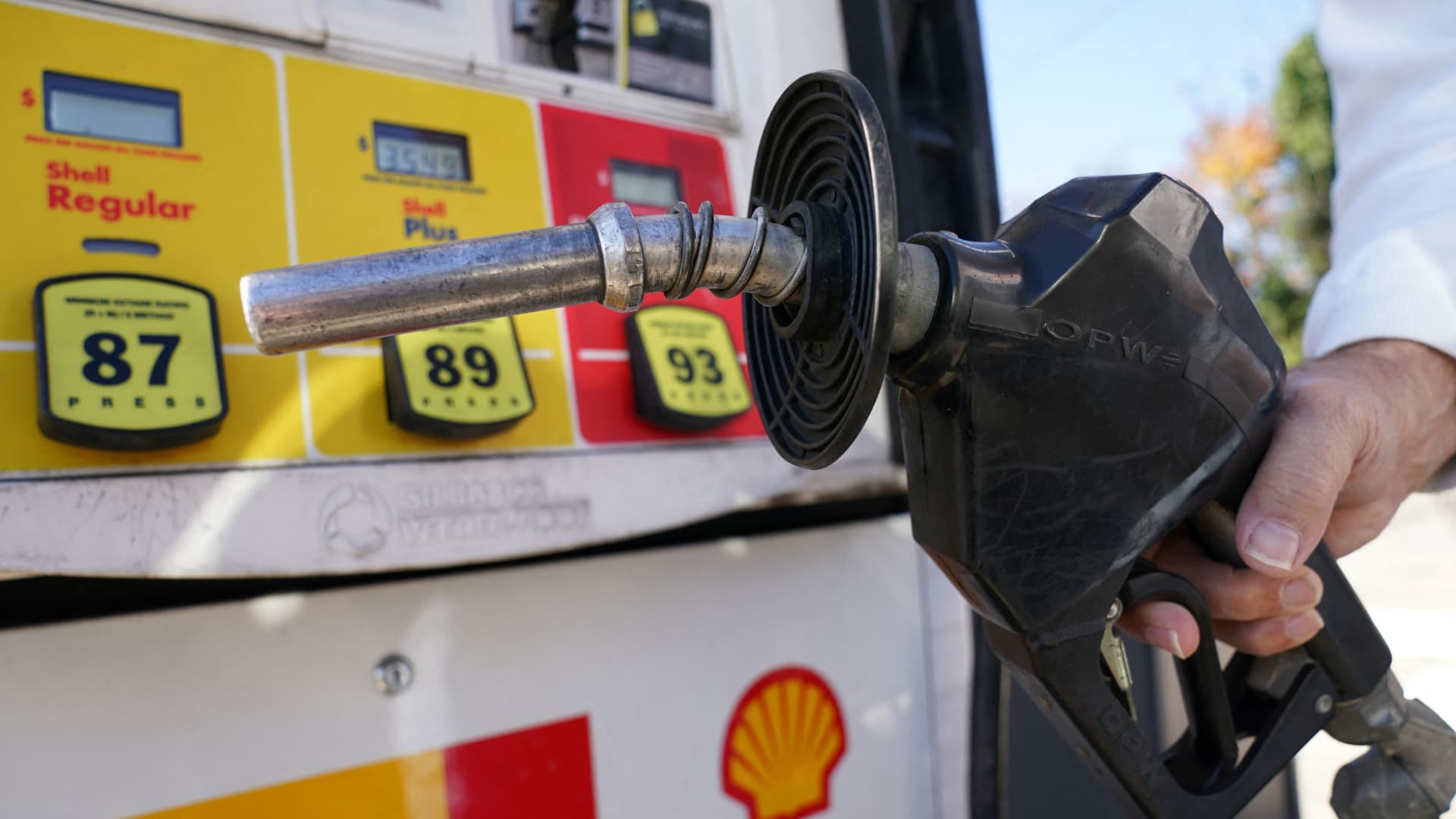Products You May Like
New Jersey is the only state in the U.S. that doesn’t allow customers to pump their own gas — anywhere. There’s always an attendant on duty to pump gas for customers at these full-service stations.
Oregon is the only other state besides New Jersey with a full-service law. However, Oregon’s laws are far less strict and allow certain parts of the state to have self-service gas stations.
“It goes back to the middle of the 20th century,” said Patrick Murray, the director of the Monmouth Polling Institute. “There were forces involved who wanted to protect their interests in terms of the smaller gas owners against mega gas stations that were starting to be built at the time that would require self-service to be profitable.”
Historically, gas stations with attendants were popular in the first half of the 1900s. But by the 1970s, most states had switched over to customers pumping their own gas. As these changes swept the U.S., a state ban on self-service in 1949, known as the Retail Gasoline Dispensing Safety Act, stopped the Garden State from following suit. Oregon passed its own similar law in 1951.
In the original bill, the New Jersey state legislature cited safety concerns and rising costs to consumers as reasons to not transition over to self-service. But every time there’s a spike in gas prices, bills opposing full service start to pop up. Seen as a ’political third rail’ by many politicians including Gov. Phil Murphy, it’s one of the few legislative debates that doesn’t follow party lines. Every bill has failed so far, but it hasn’t stopped self-serve advocacy groups and politicians from pushing for change.
Watch the video above to find out more about New Jersey’s full-service gas stations, why self-service options don’t find a home in the Garden State, and what’s next for its gas station owners.
